Filter data
|
ID |
Nickname |
Country / City |
Languages |
Taxonomies |
Comment |
Project / Group |
Map |

|
143986
|
L-U.K
|
Switzerland
Freiburg
|
|
|
—
|
Freiburg/Fribourg2025
|
|
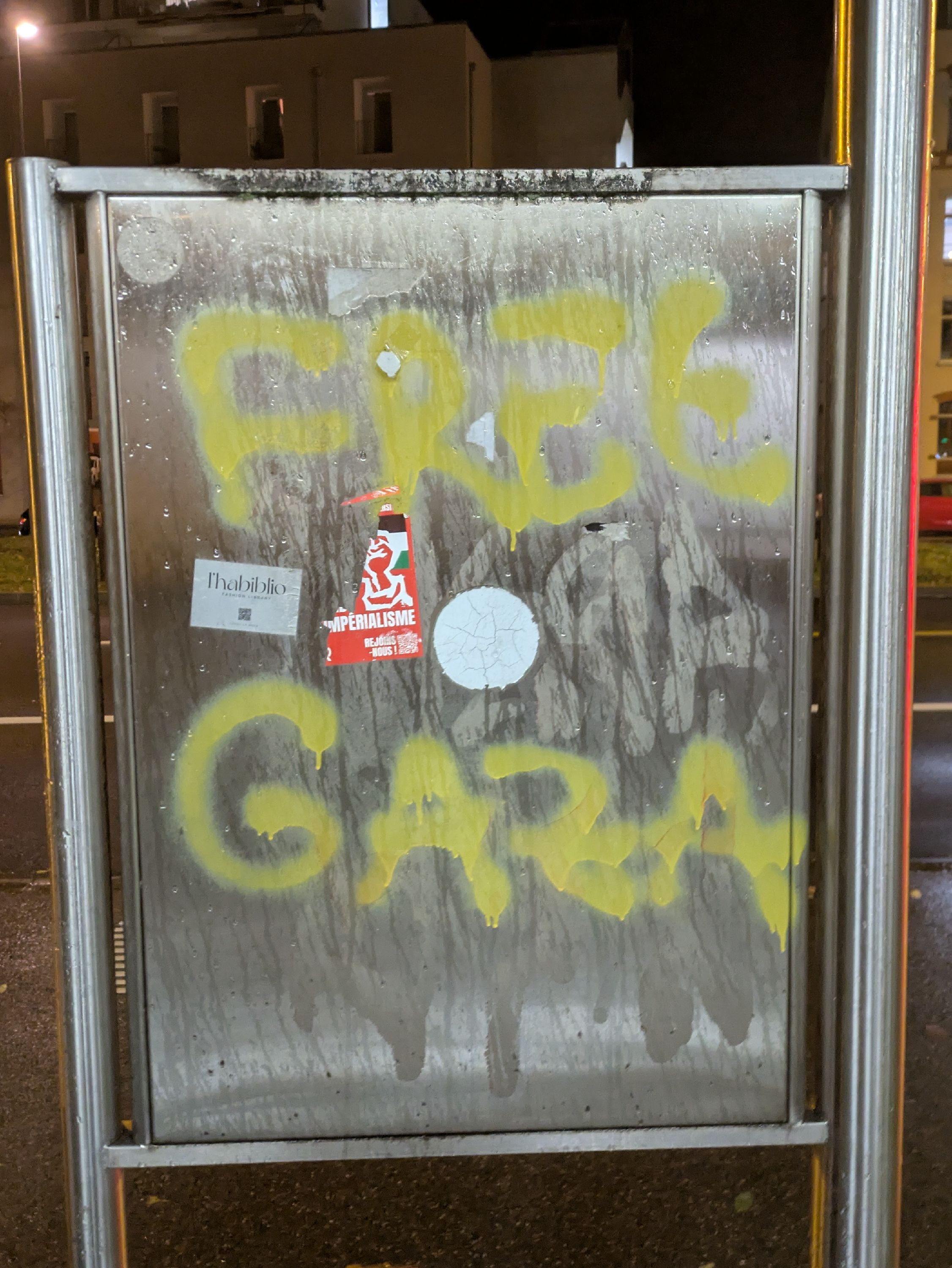
|
143990
|
jwidmer
|
Switzerland
Freiburg
|
|
|
—
|
Freiburg/Fribourg2025
|
|
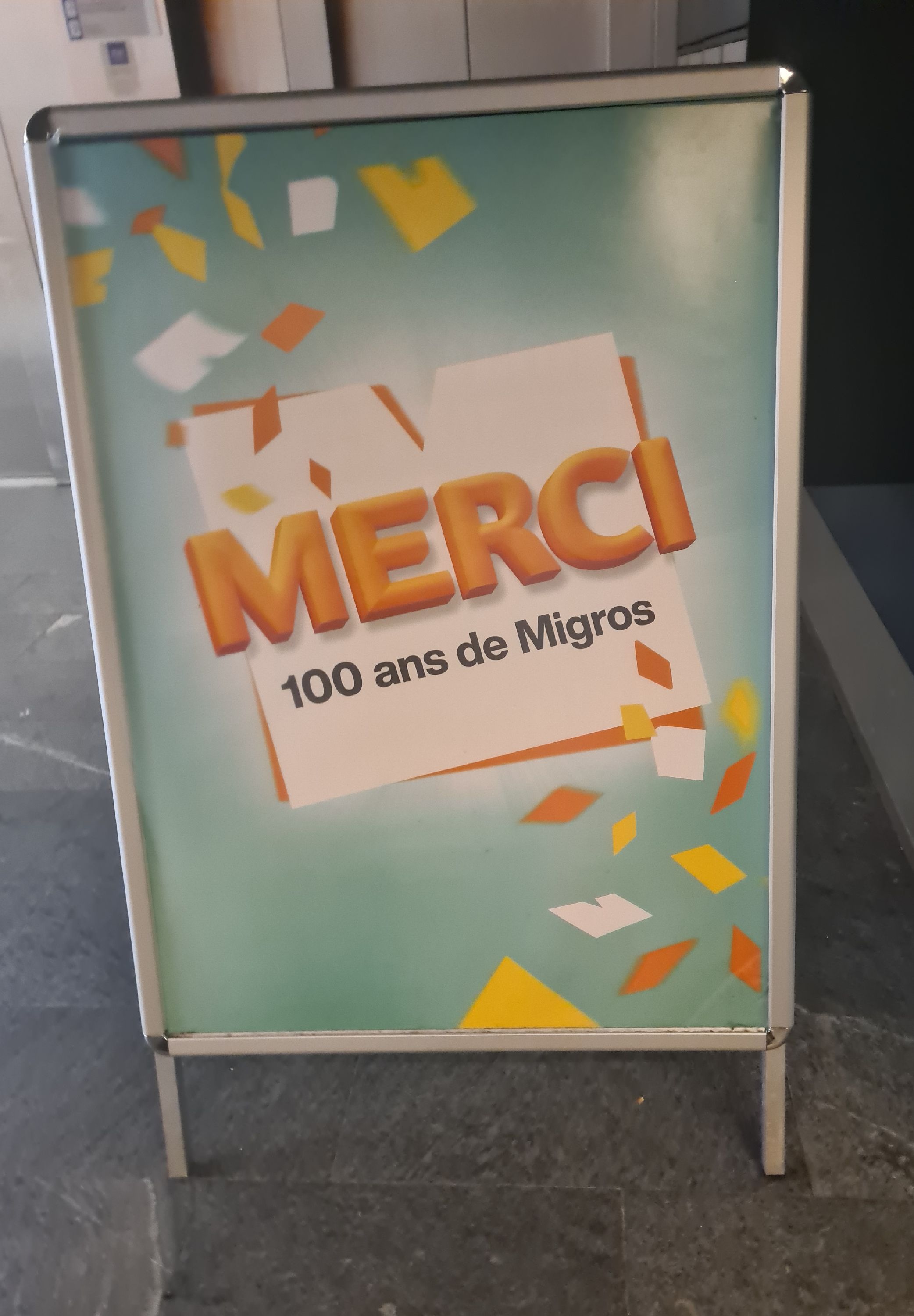
|
139640
|
L-U.K
|
Switzerland
Freiburg
|
|
|
—
|
Freiburg/Fribourg2025
|
|

|
137346
|
L-U.K
|
Switzerland
Freiburg
|
|
|
—
|
Freiburg/Fribourg2025
|
|
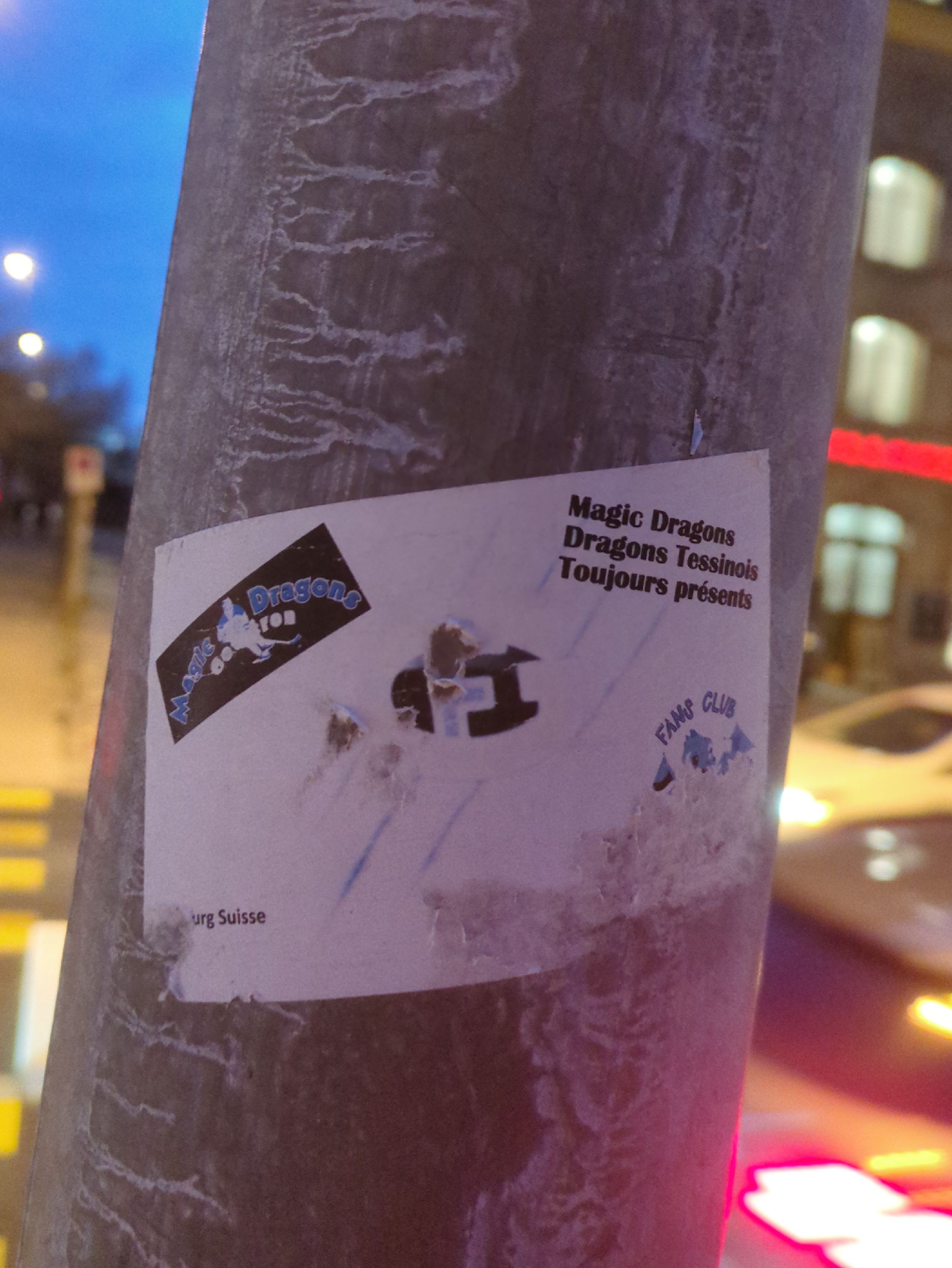
|
148111
|
jwidmer
|
Switzerland
Freiburg
|
|
|
—
|
Freiburg/Fribourg2025
|
|
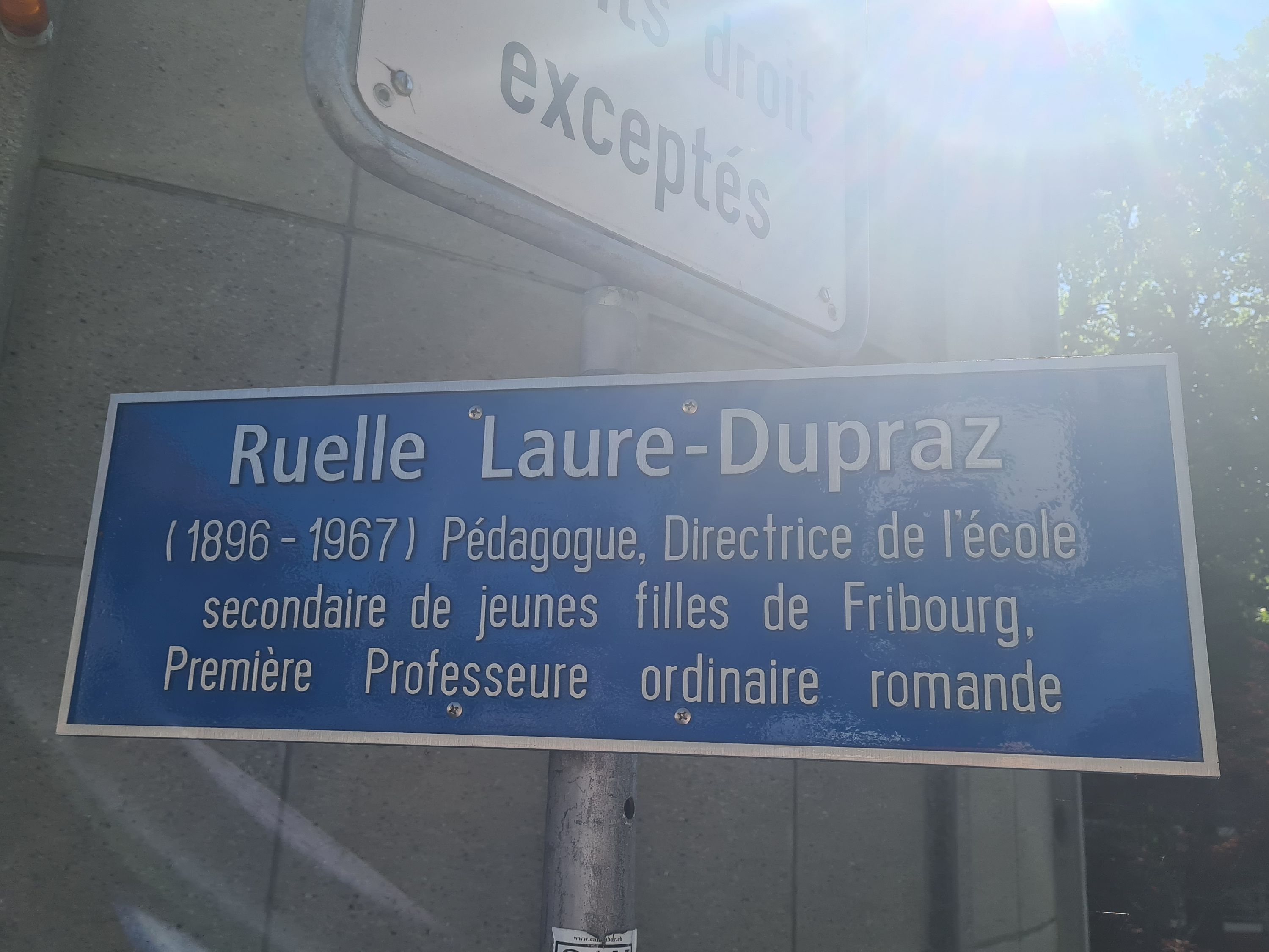
|
137365
|
L-U.K
|
Switzerland
Freiburg
|
|
|
—
|
Freiburg/Fribourg2025
|
|

|
137366
|
L-U.K
|
Switzerland
Freiburg
|
|
|
—
|
Freiburg/Fribourg2025
|
|
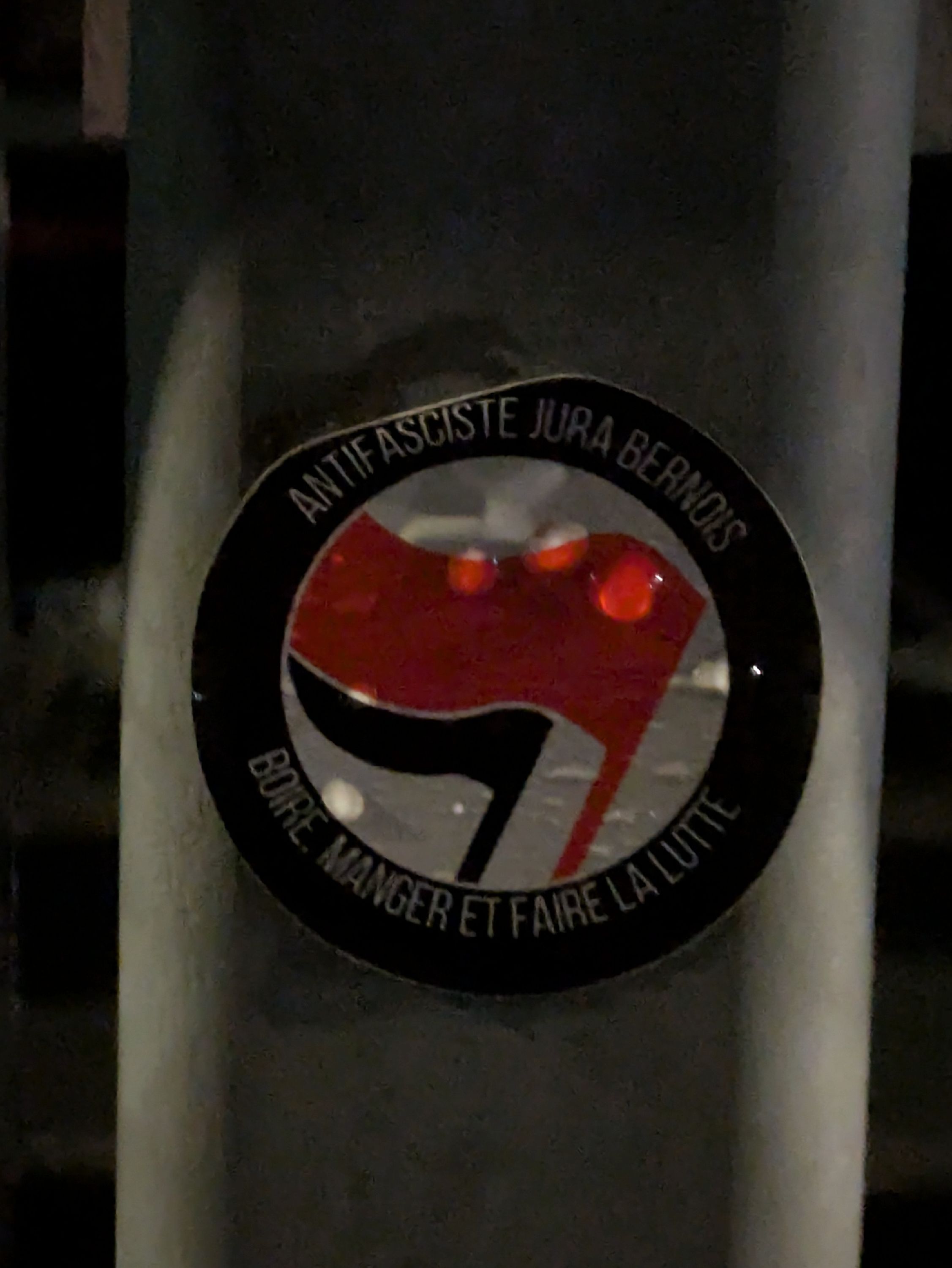
|
148122
|
jwidmer
|
Switzerland
Freiburg
|
|
|
—
|
Freiburg/Fribourg2025
|
|
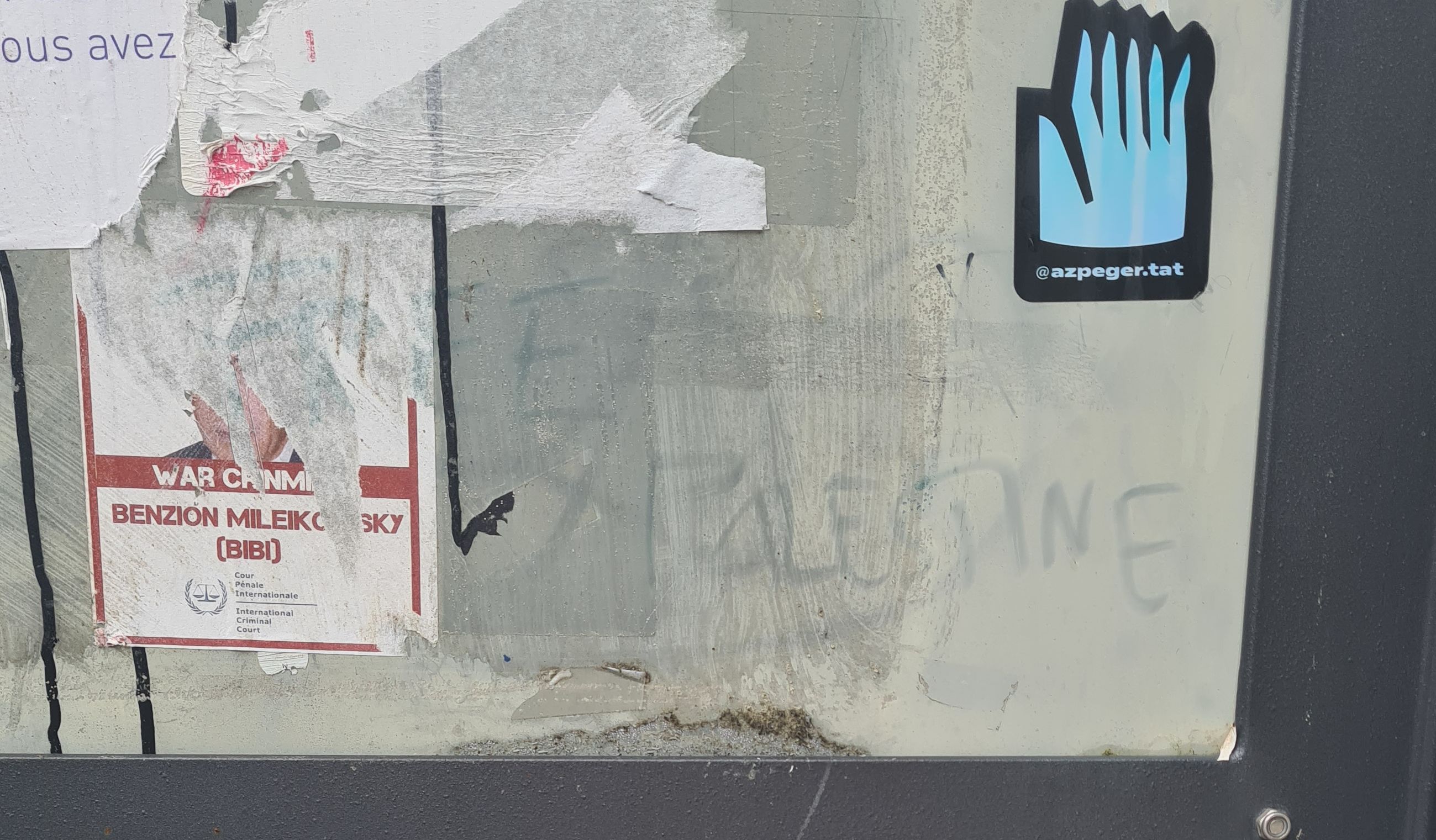
|
144284
|
L-U.K
|
Switzerland
Freiburg
|
|
|
—
|
Freiburg/Fribourg2025
|
|
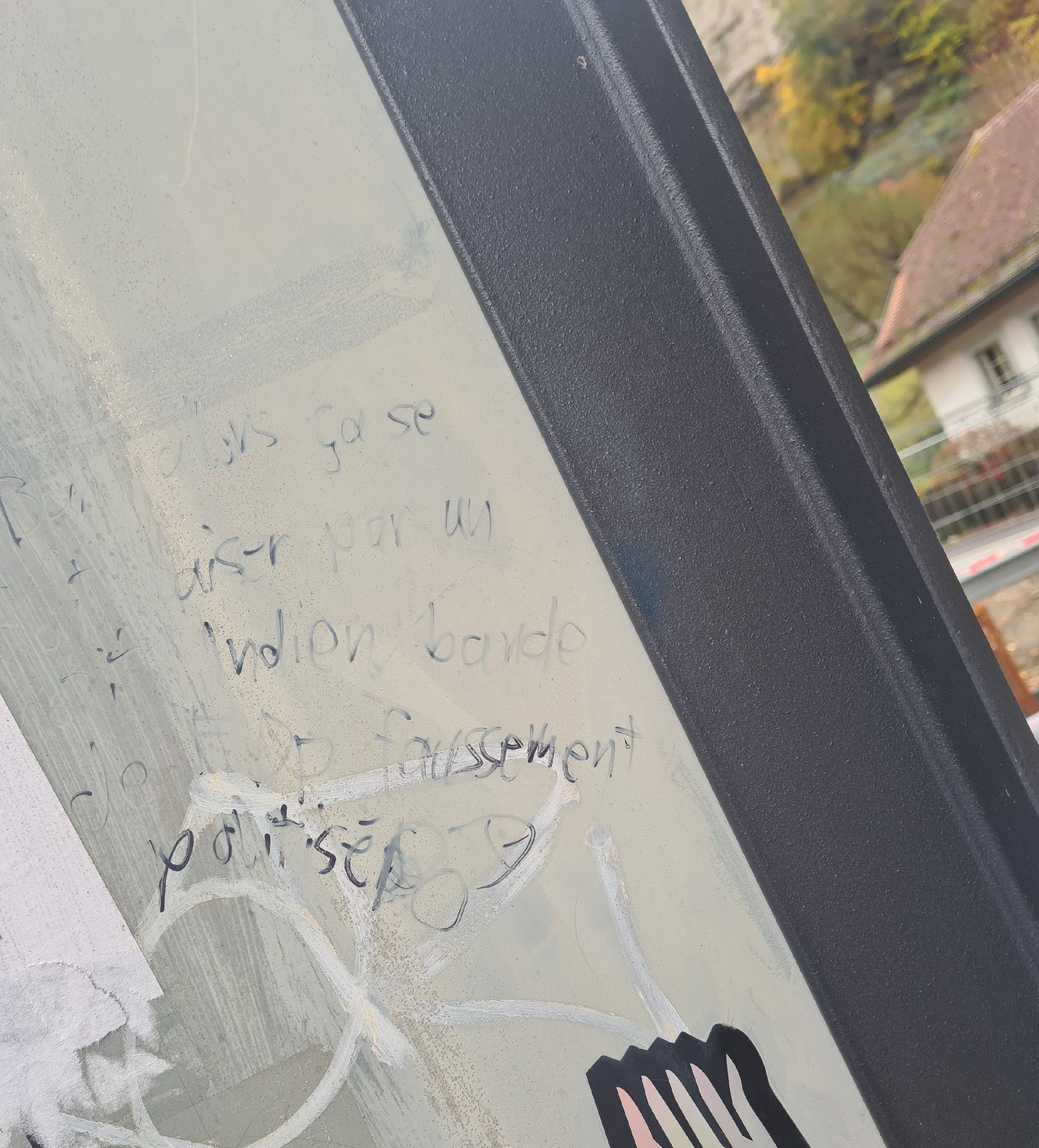
|
144285
|
L-U.K
|
Switzerland
Freiburg
|
|
|
—
|
Freiburg/Fribourg2025
|
|

|
144286
|
L-U.K
|
Switzerland
Freiburg
|
|
|
—
|
Freiburg/Fribourg2025
|
|
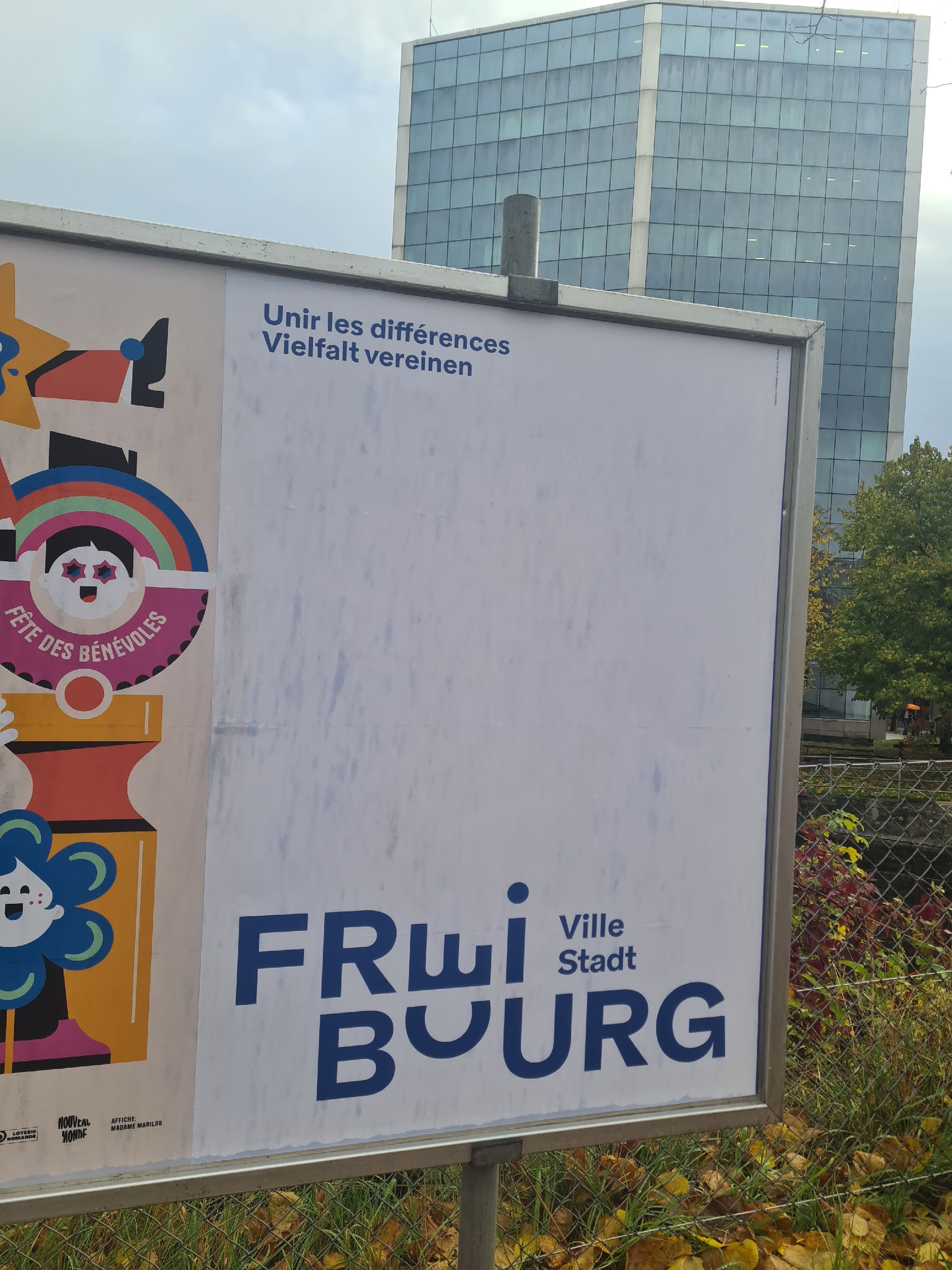
|
143521
|
L-U.K
|
Switzerland
Freiburg
|
|
|
—
|
Freiburg/Fribourg2025
|
|
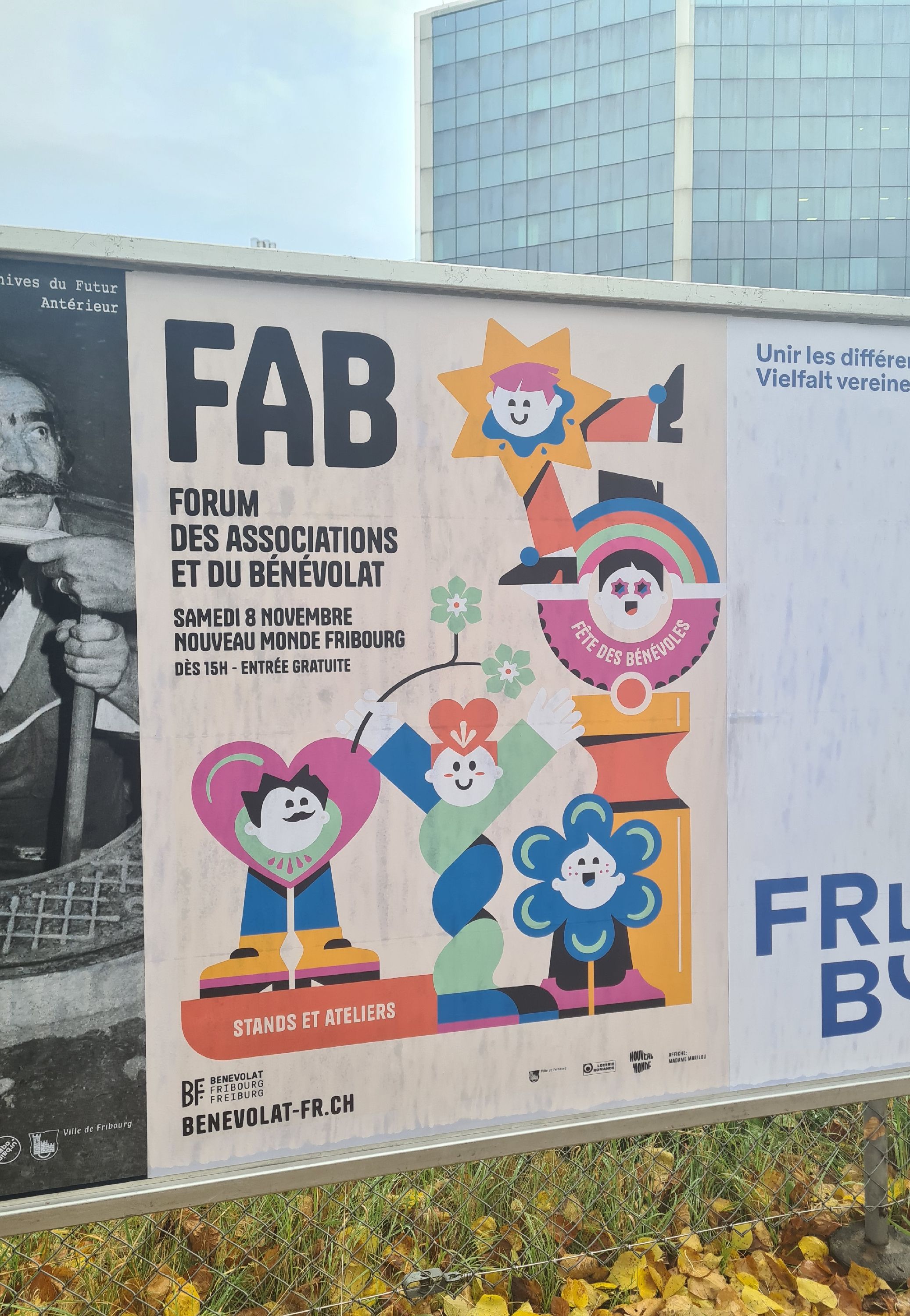
|
143522
|
L-U.K
|
Switzerland
Freiburg
|
|
|
—
|
Freiburg/Fribourg2025
|
|
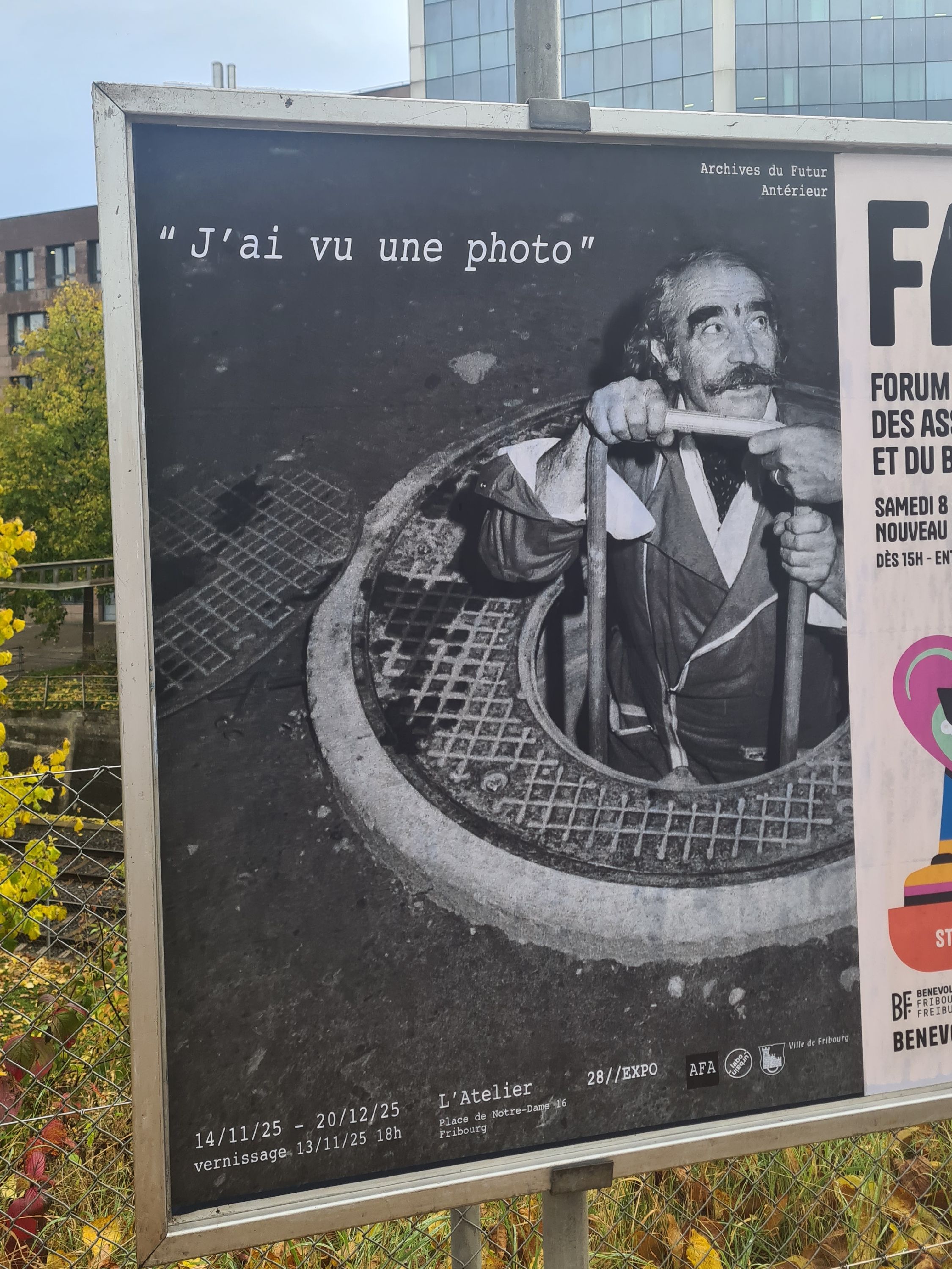
|
143523
|
L-U.K
|
Switzerland
Freiburg
|
|
|
—
|
Freiburg/Fribourg2025
|
|
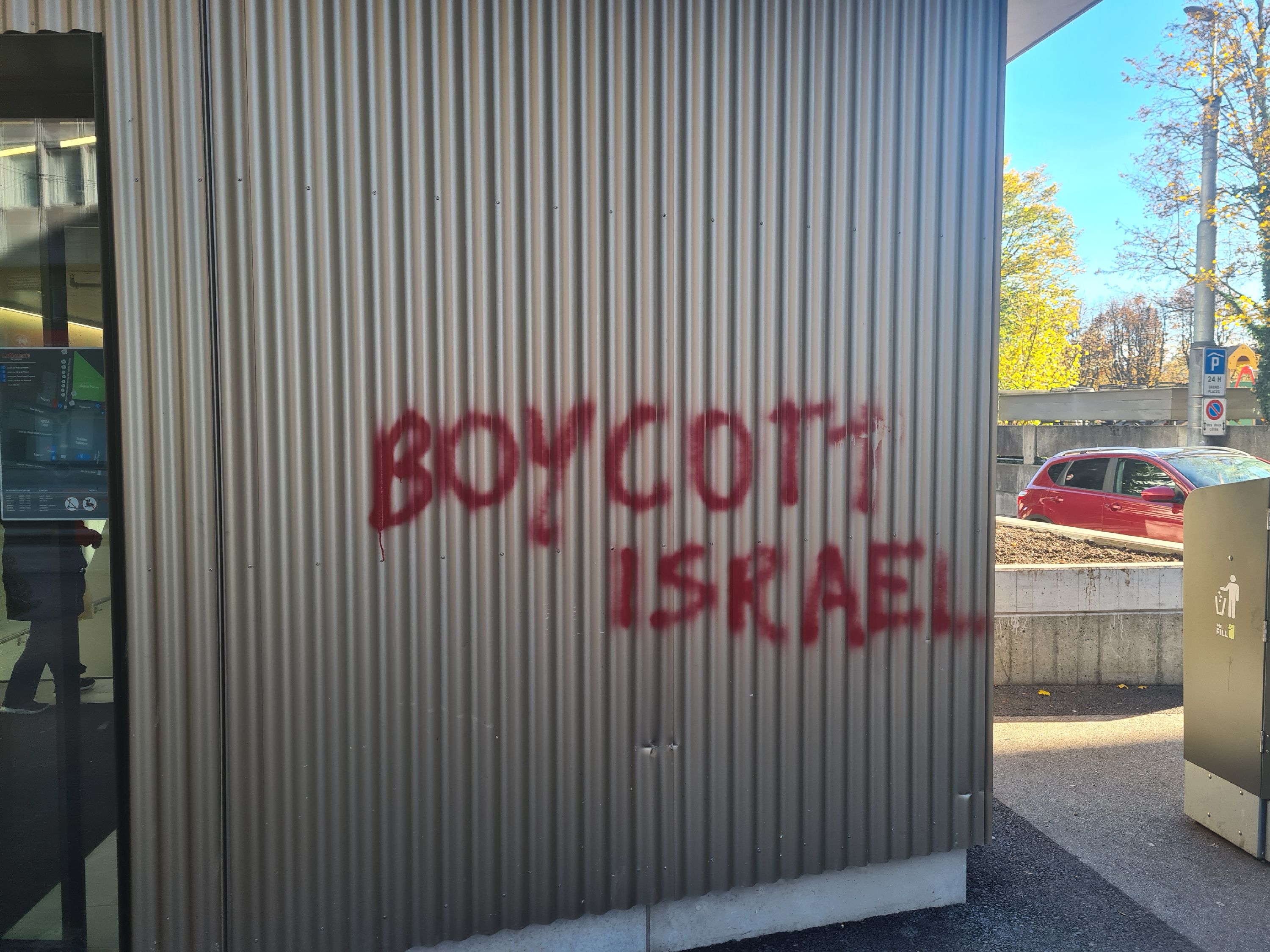
|
143779
|
L-U.K
|
Switzerland
Freiburg
|
|
|
—
|
Freiburg/Fribourg2025
|
|
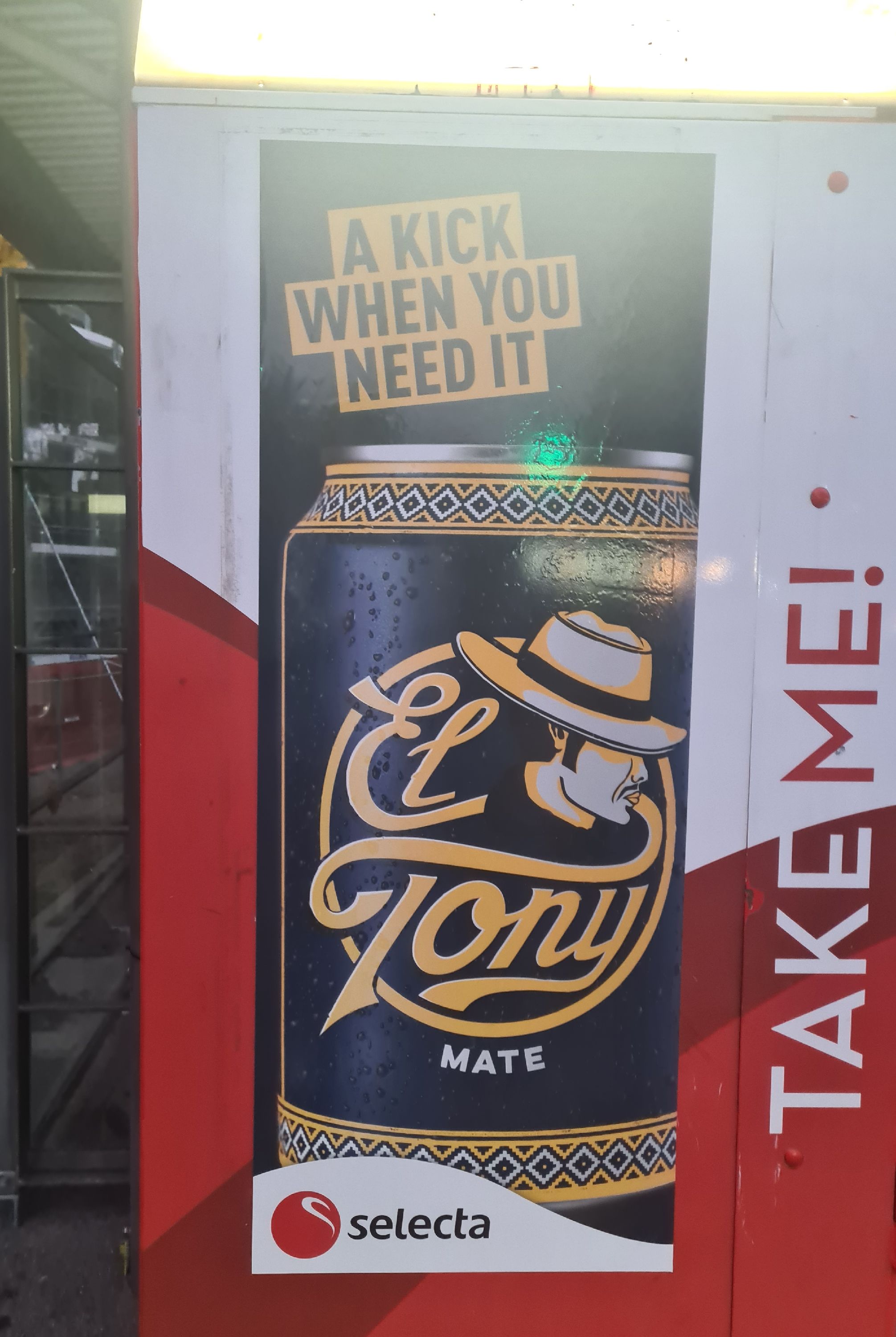
|
140718
|
L-U.K
|
Switzerland
Freiburg
|
|
|
—
|
Freiburg/Fribourg2025
|
|
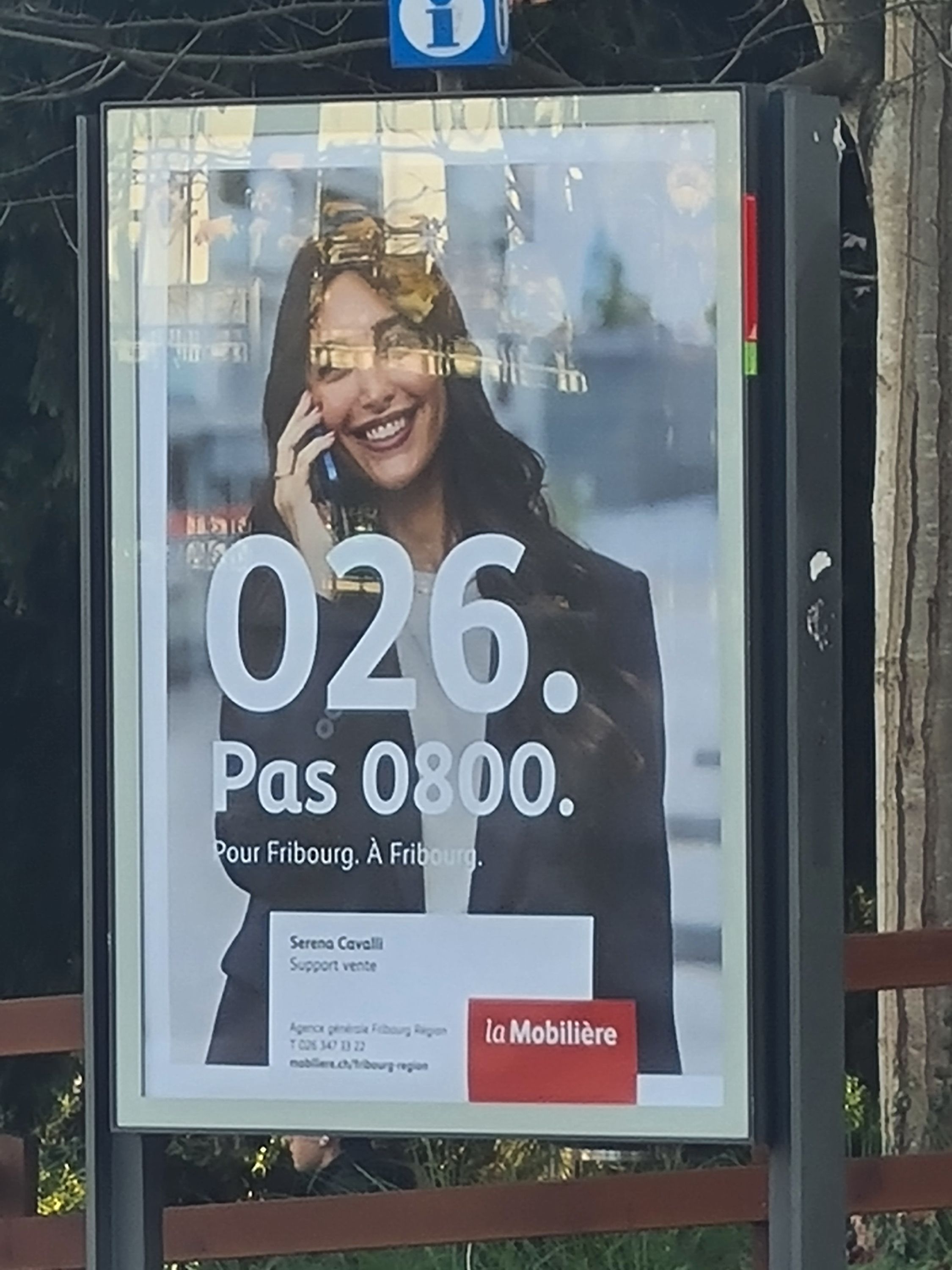
|
145082
|
L-U.K
|
Switzerland
Freiburg
|
|
|
—
|
Freiburg/Fribourg2025
|
|
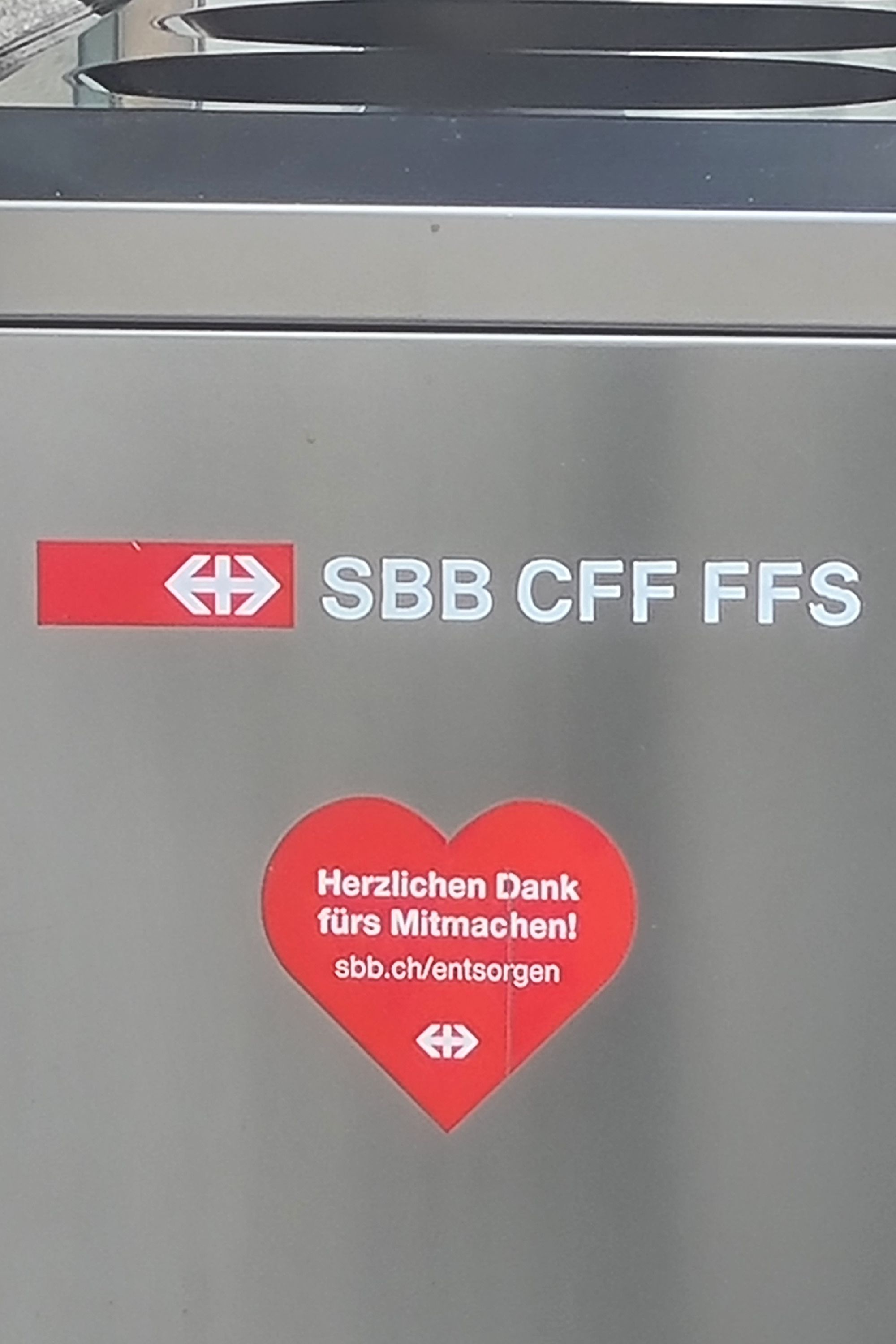
|
140735
|
L-U.K
|
Switzerland
Freiburg
|
|
|
—
|
Freiburg/Fribourg2025
|
|
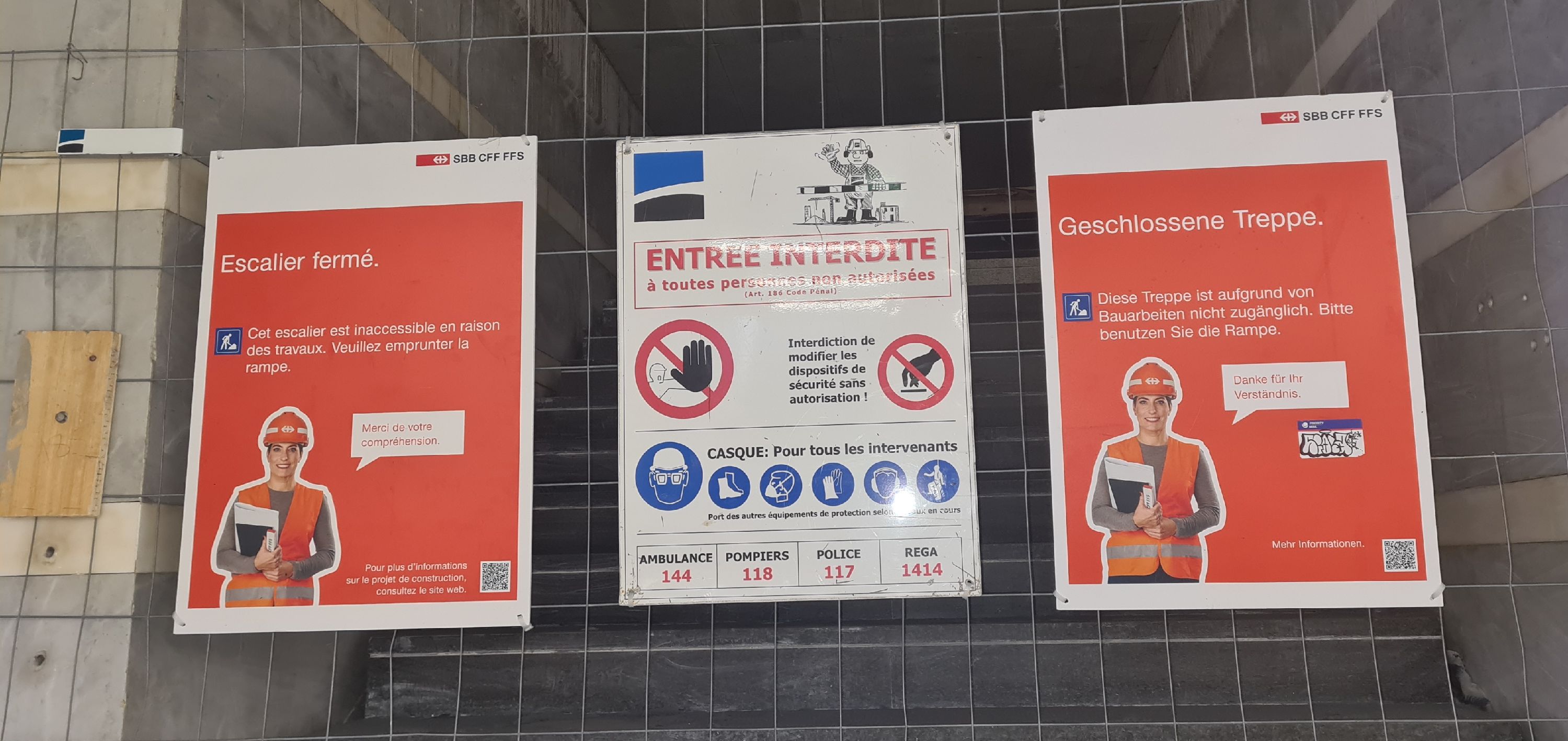
|
140737
|
L-U.K
|
Switzerland
Freiburg
|
|
|
—
|
Freiburg/Fribourg2025
|
|
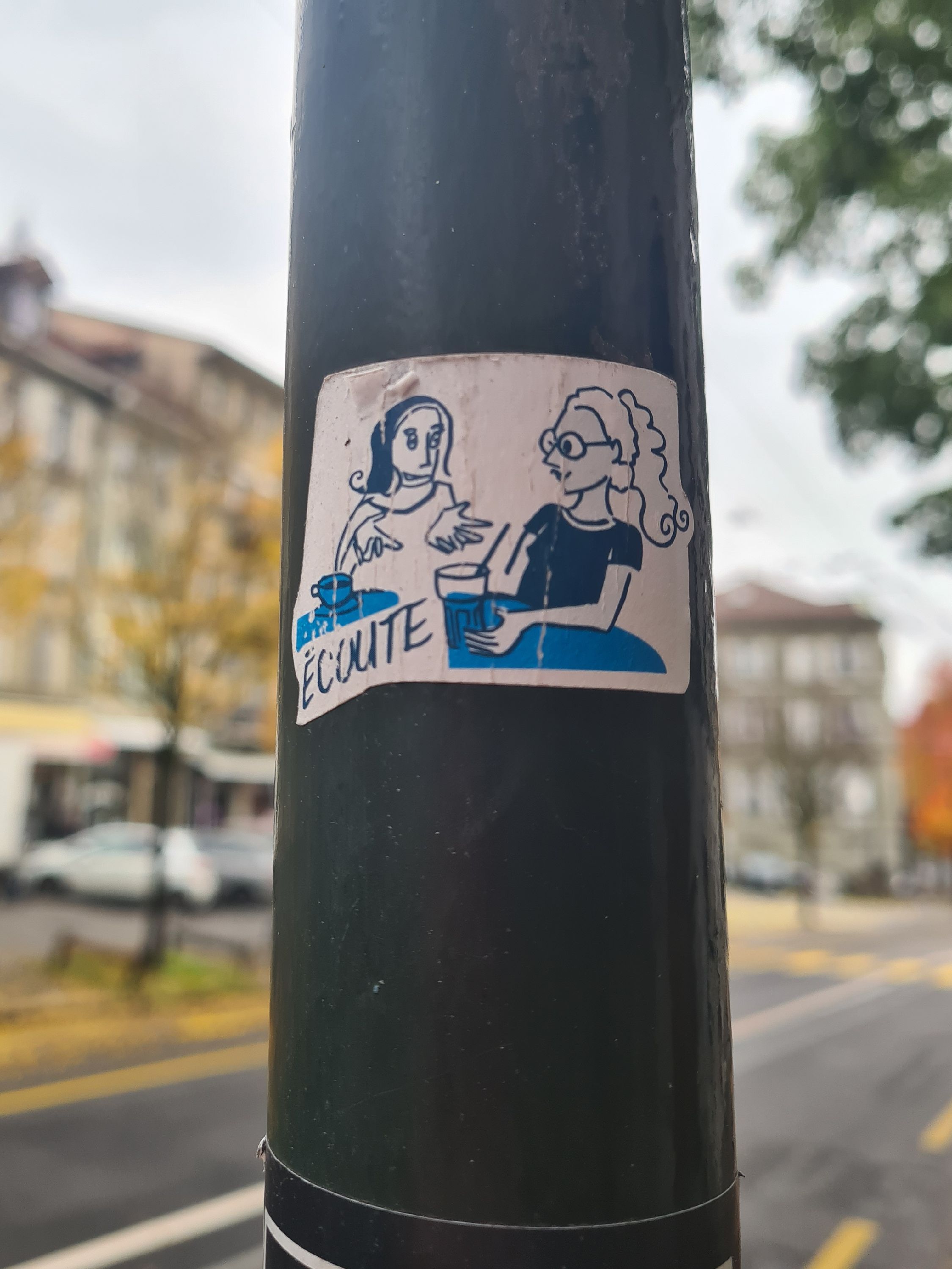
|
145091
|
L-U.K
|
Switzerland
Freiburg
|
|
|
—
|
Freiburg/Fribourg2025
|
|